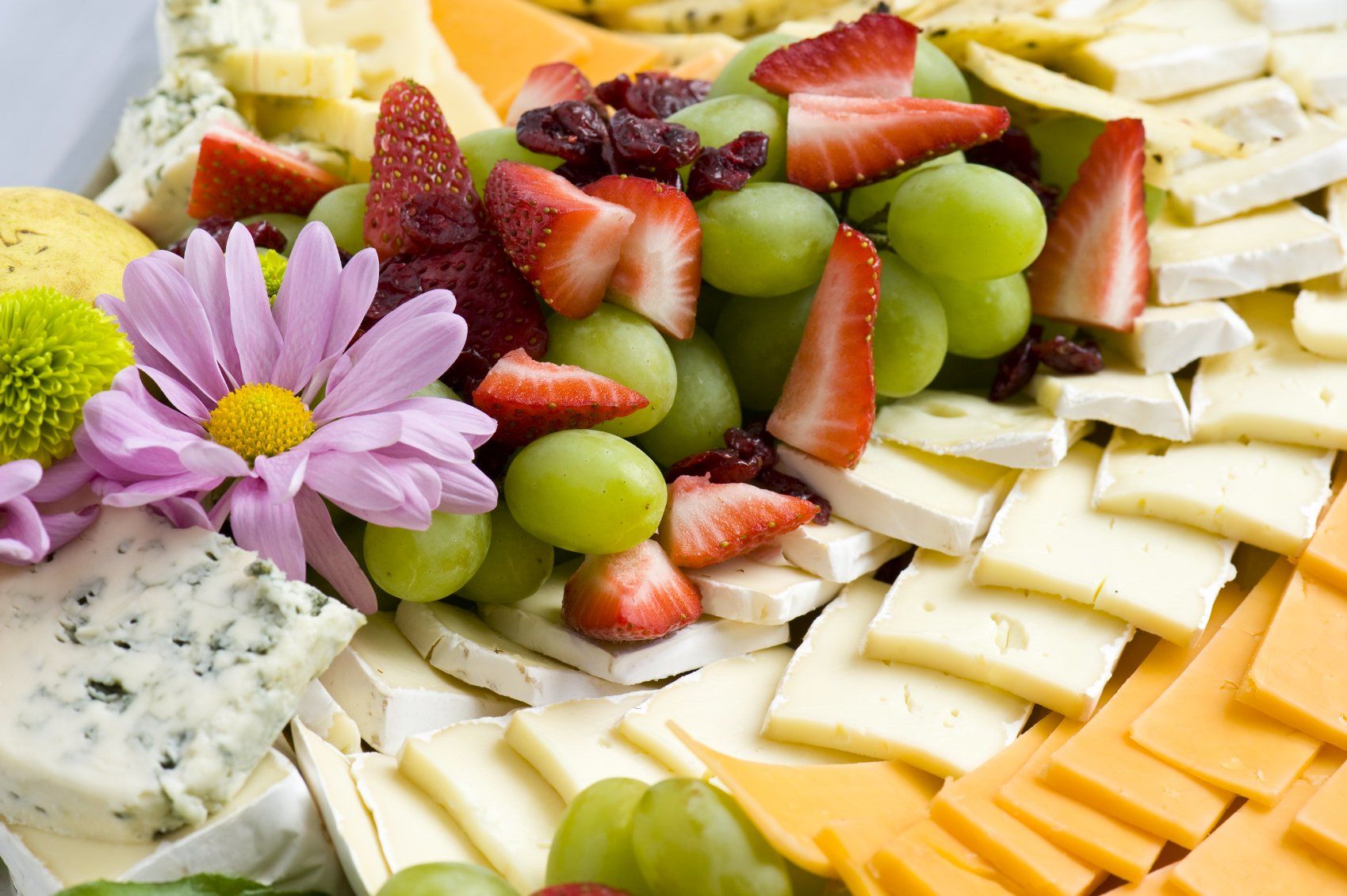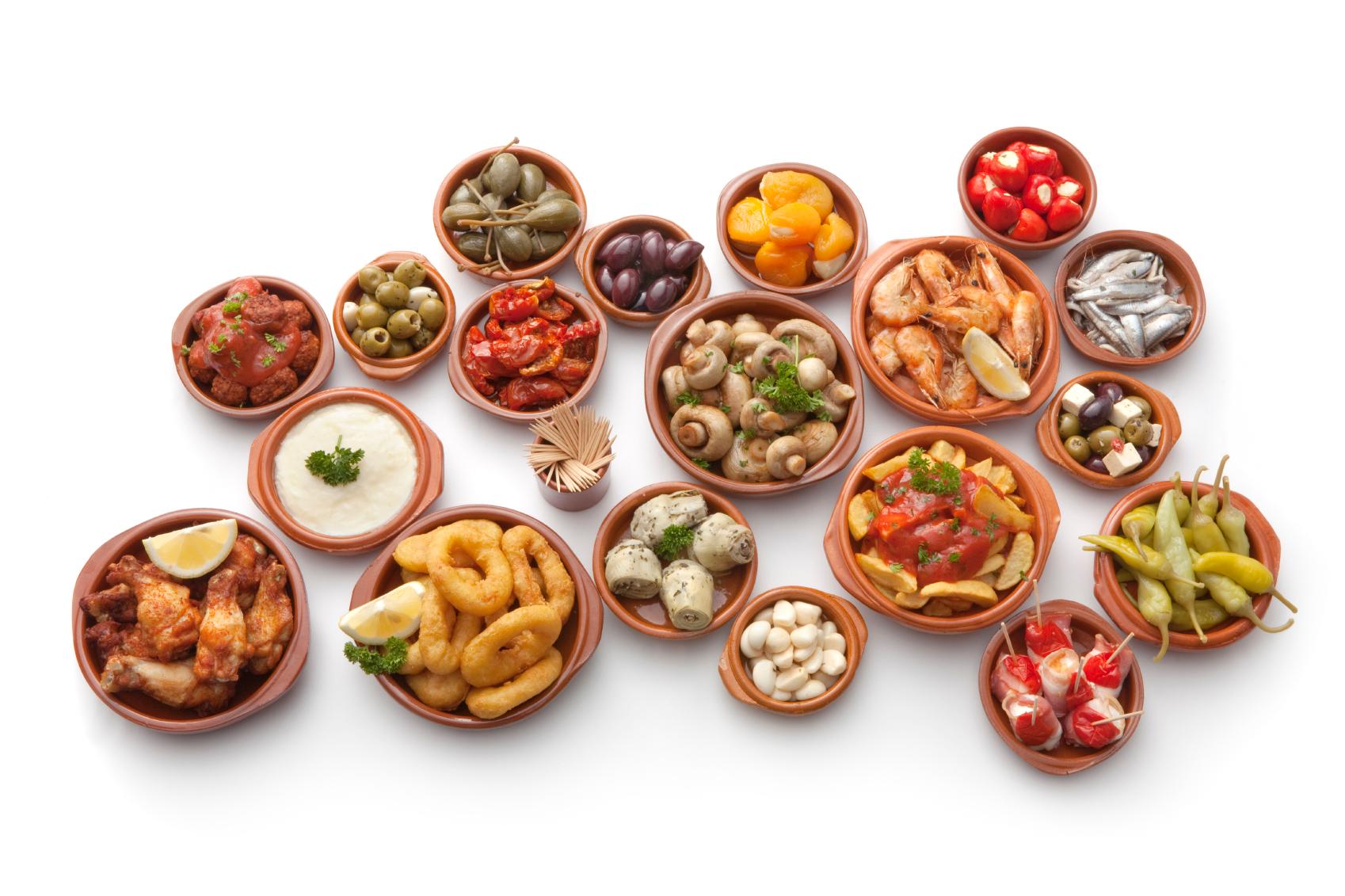Celebrating Liam’s Inspiring Journey of Recovery: A Testimony of Faith, Family, and Resilience
A Testimony of Faith, Family, and Resilience



Eighteen Steps of Triumph: A Milestone to Remember
At KKI, Liam underwent intensive daily therapy with many positive signs of growth and strengthening. After five weeks, Liam was able to return home and transition to outpatient pediatric rehabilitation at Pediatric Movement Center (PMC). With the loving care and expertise of a dedicated team and weeks of hard rehabilitation work, Liam’s transformation began to accelerate. It was at PMC where therapists witnessed a remarkable moment: within days of his arrival, Liam took his first steps—18 of them, no less—without any assistive devices or support. This triumph marked not just the beginning of a physical recovery but the culmination of a devoted family's love and faith over the weeks since the onset of his injury.
The Power of Perseverance and Community
Throughout the next 10 months, Liam’s story became a testament to resilience and determination. His therapy sessions transformed into a robust routine of hard work and progress, yielding astonishing milestones. His ability to regain function in his right hand was nothing short of a miracle, as he learned to self-feed and tie his shoes using adaptive techniques. Recently, he even conquered a 12-inch box jump, showcasing his strength and competitive spirit. Each small achievement was met with tears of joy from his family and his therapists, all of whom celebrated these victories together.
A Family's Gratitude and Faith
While the impressive strides Liam made with his physical capabilities were phenomenal, his family credited much of his recovery to the love and support they received from the community at PMC. They described it as a second home, where the staff has become family—each team member deeply invested in Liam's progress and well-being. The family expressed profound gratitude, stating, "We owe such a debt of gratitude that we will never be able to repay to each and every person that has touched the life of Liam and our whole family in the last 10 months."
In reflecting on this journey, Liam's family voiced a powerful belief: they could see the hand of God guiding them through this challenging chapter, meticulously placing people in their path who would change their son's life forever. From the compassionate team at PMC to the medical professionals at Johns Hopkins, each contribution played a vital role in shaping Liam’s recovery.
Liam’s journey encapsulates not only the struggle of conquering physical challenges but also the essence of familial love and faith guiding him every step of the way. The resilience embedded in Liam's spirit and the unwavering commitment of his parents remind us of the profound impact that a supportive network has during times of crisis. As they celebrate their son's remarkable achievements, their story stands as a beacon of hope for others facing similar challenges.
New Goals. Endless Possibilities.
The future remains bright for Liam as he continues to embrace his goals with an infectious competitive spirit, playing basketball and working tirelessly to leap even higher. With every new day, he not only proves the power of perseverance but also serves as an inspiration to all who have the privilege to witness his journey. Together, we celebrate Liam—not just for the milestones he has achieved in his recovery journey, but for the unwavering faith and love he has carried along the way.”










